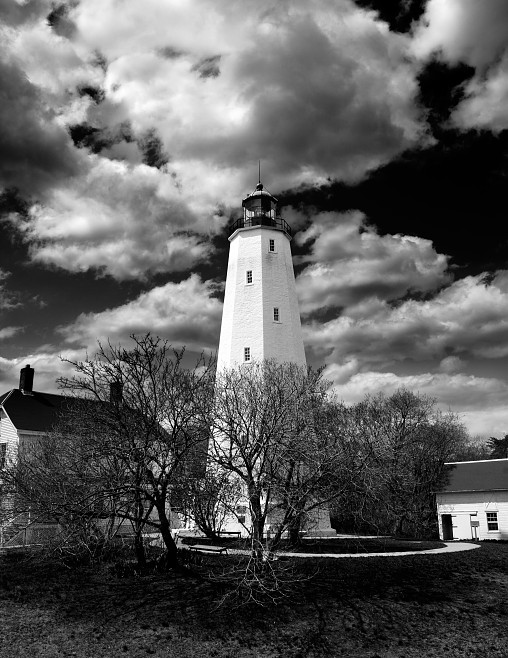
Sandy Hook is one of our favorite local escapes– great beaches, hiking and history. There’s quite a bit of fishing to be had, and great seafood all around. One trip last summer, we tried a section of beach we hadn’t been to before… those cryptic bumper-stickers extolling the virtues of ‘no tan lines’ should have tipped me off. Needless to say, we quickly moved on.
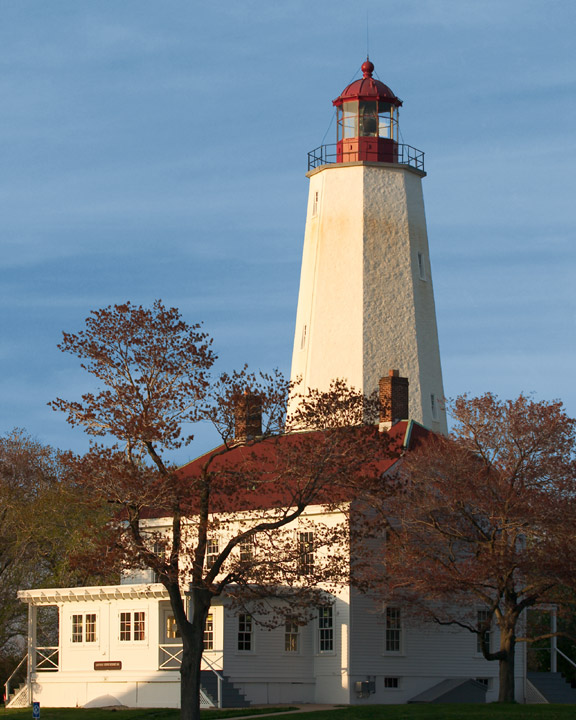
Sandy Hook Lighthouse, the oldest continually operating lighthouse in the United States, is activated on June 11, 1764 by New York merchants to protect their shipping industry– therefore it was originally called New York Lighthouse.
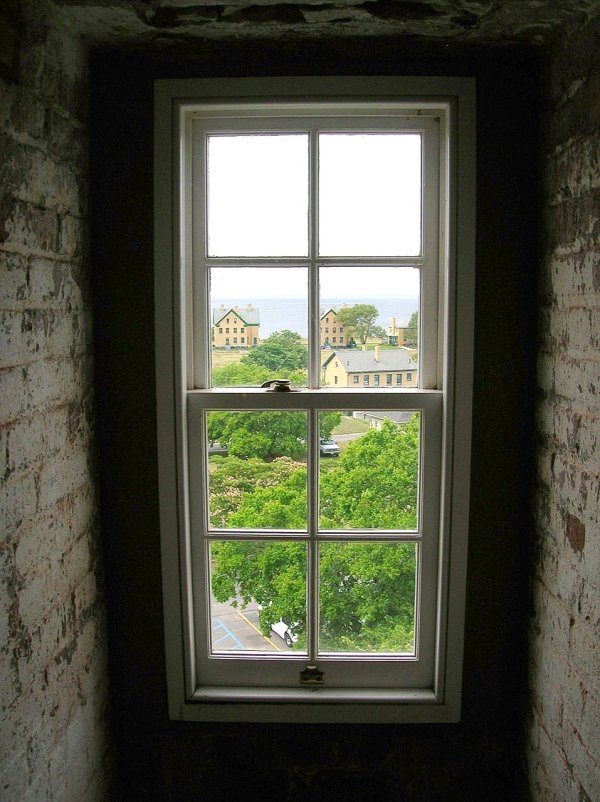
There are guided tours of the Sandy Hook lighthouse. It’s incredible how thick the lower walls are– you can practically lay down in the bottom window wells– if they were to let you, that is.
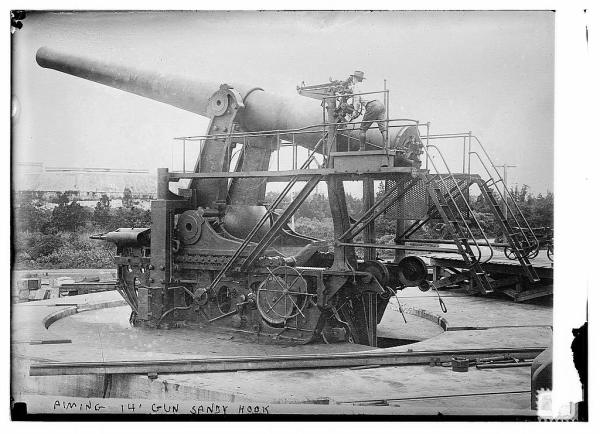
In 1817, the U.S. Army acquires entire peninsula from the Hartshorne family. Throughout Sandy Hook’s history, it’s key location has made it an important military fortification and artillery proving ground.
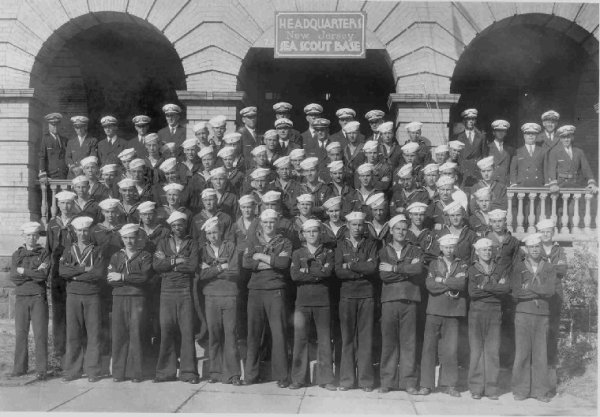
From 1941-45, Fort Hancock serves as a major staging area for troops going to Europe in World War II and becomes headquarters for all New York Harbor defenses. The fort reaches its greatest population of about 12,000 military and civilian personnel.
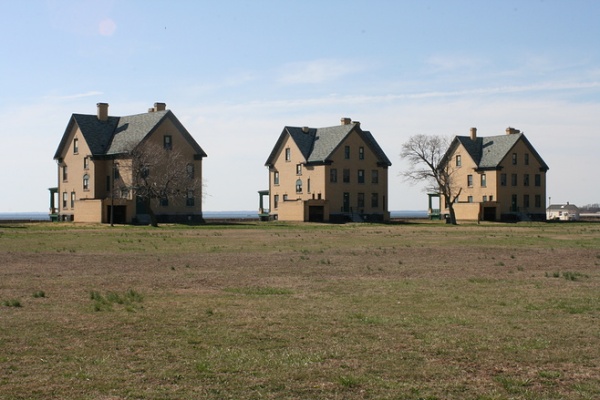
An outstanding architectural landmark of the post is the long line of quarters known as “Officers Row”, built between 1897-99 in the Colonial Revival style. Each of the eighteen homes housed a U.S. Army officer and his family.
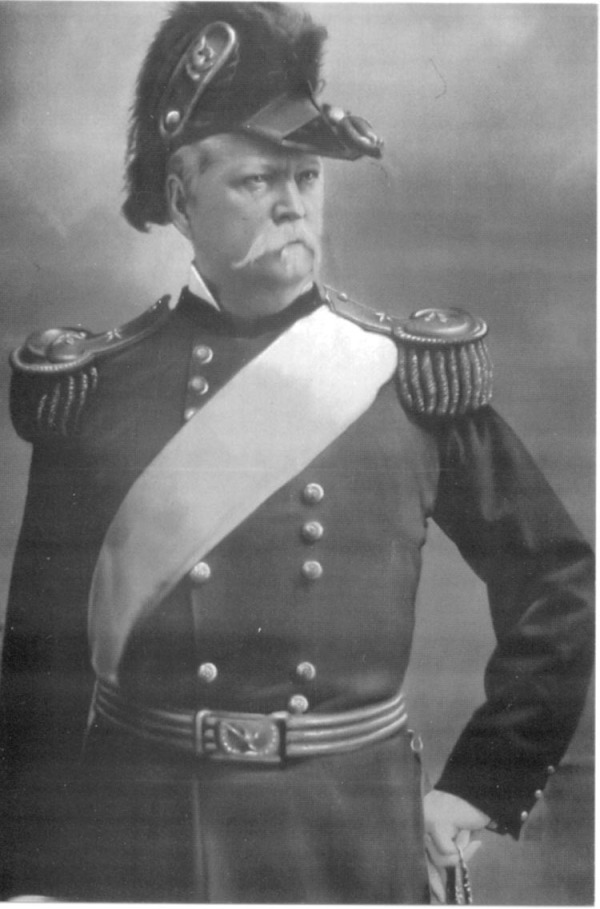
General Winfield Scott Hancock, after whom Fort Hancock at Sandy Hook is named. A West Point grad in 1844, who fought with distinction the Mexican War and Civil War– a true hero and fearless in battle. Hancock was a democratic presidential nominee in 1880, but felt it was undignified for a soldier to campaign for votes. Legend has it his only slogan referred to the Civil War and was– “Vote the way you shot!” It is said he narrowly lost the election only because he campaigned so little.










 Reply With Quote
Reply With Quote
